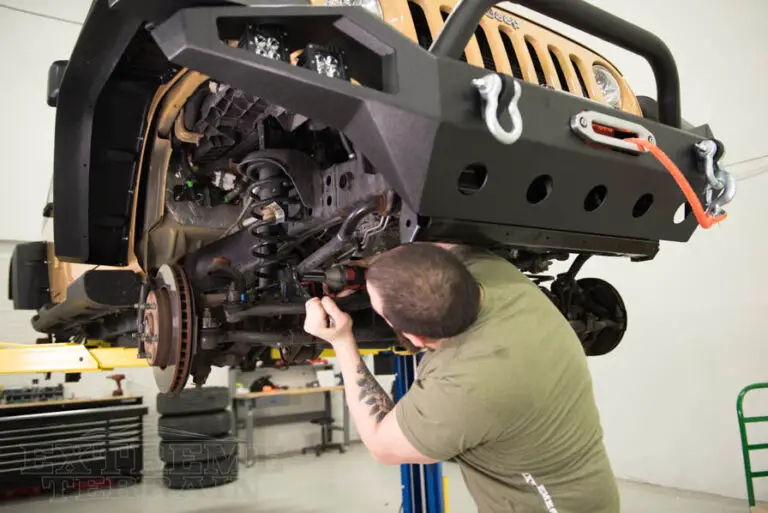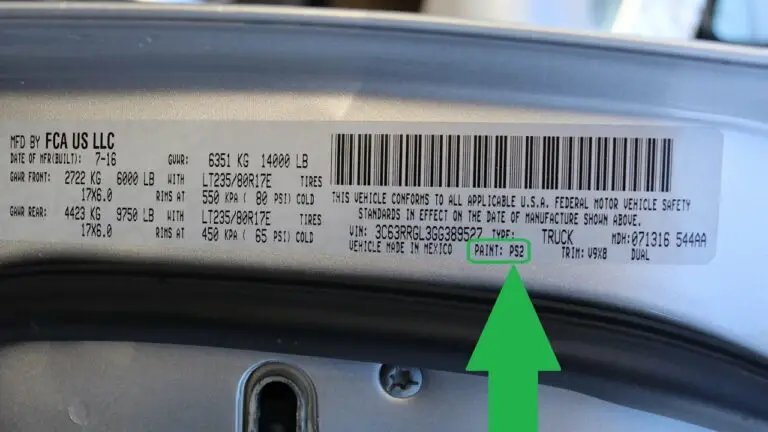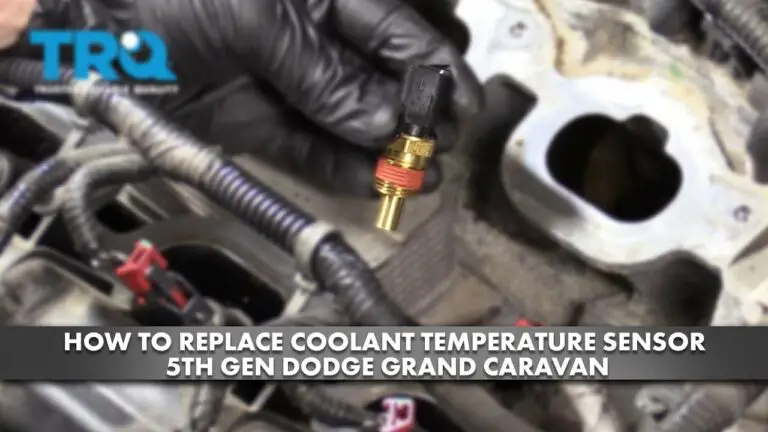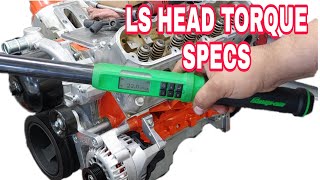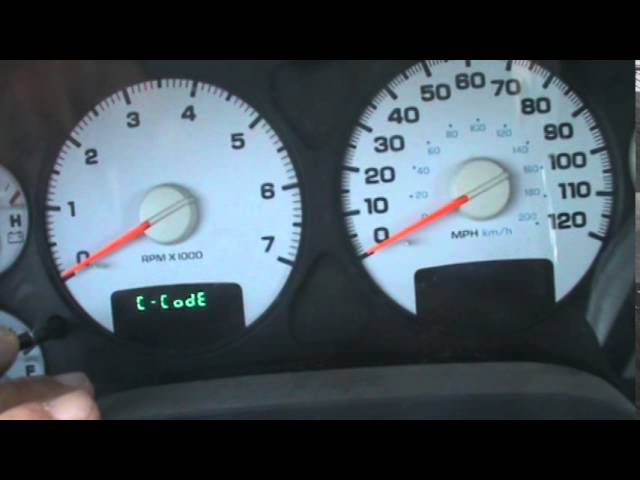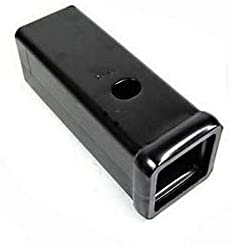5.7 Hemi Oil Pressure at Idle: Boost Your Engine’s Performance
The normal oil pressure at idle for a 5.7 Hemi engine ranges from 20 to 40-42 psi, according to various sources such as car forums and vehicle history websites. Users have reported different values, but generally, the range falls within these numbers.
Some individuals have experienced ticking sounds and lower oil pressure at idle, which could indicate potential issues that may require further investigation or maintenance. However, it is recommended to consult a professional mechanic or refer to the specific model’s manual for accurate information regarding oil pressure at idle.
Understanding The Importance Of Oil Pressure At Idle
When it comes to engine performance, oil pressure at idle plays a crucial role. Maintaining the right oil pressure ensures that your engine runs smoothly and efficiently, preventing any potential damage or issues. In this section, we will delve into the significance of oil pressure at idle and the impact of low oil pressure on engine health. We will also discuss the common symptoms of low oil pressure and how to identify them.
Why Oil Pressure At Idle Is Crucial For Engine Performance
Oil pressure at idle is vital for the proper functioning of your engine, as it lubricates its moving parts and reduces friction. This lubrication not only helps the engine run smoothly but also prevents excessive wear and tear, prolonging its lifespan. Adequate oil pressure ensures that all the engine components receive a constant supply of oil, even at idle speed, allowing them to work seamlessly and efficiently.
Without sufficient oil pressure at idle, the engine may experience various performance issues and potential damage, which we will discuss next.
The Impact Of Low Oil Pressure On Engine Health
Low oil pressure at idle can have detrimental effects on your engine. When the oil pressure drops below the recommended levels, several problems may arise:
- Poor lubrication: Low oil pressure means insufficient lubrication, causing increased friction between the engine parts. This friction can lead to excessive heat generation and accelerated wear and tear on the components.
- Engine overheating: Inadequate lubrication due to low oil pressure can result in the engine running hotter than normal. Overheating can cause irreversible damage to various engine parts, such as the pistons, cylinders, and bearings.
- Potential engine failure: If the low oil pressure is left unaddressed, it can eventually lead to severe engine damage and even complete engine failure. This can be an expensive and time-consuming problem to fix.
Now that we understand the consequences of low oil pressure at idle, let’s explore the common symptoms that indicate a drop in oil pressure.
Common Symptoms Of Low Oil Pressure
Identifying the signs of low oil pressure is crucial to prevent further engine damage. Here are some common symptoms that indicate low oil pressure:
- Oil pressure warning light: The oil pressure warning light on your dashboard is the first indication of a potential issue. If the light illuminates or flickers while idling, it’s essential to address the problem promptly.
- Engine noise: A noticeable increase in engine noise, such as ticking or knocking sounds, can signify insufficient lubrication due to low oil pressure. These noises typically occur due to the increased friction between the engine components.
- Low oil pressure gauge reading: If your vehicle is equipped with an oil pressure gauge, a consistently low reading at idle can indicate a drop in oil pressure. Make sure to pay attention to any significant deviations from the recommended pressure levels.
- Engine performance issues: Reduced engine power, sluggish acceleration, and poor overall performance can result from low oil pressure. The lack of proper lubrication affects the engine’s efficiency and can lead to various operational problems.
It’s important not to ignore these symptoms and address low oil pressure issues promptly. Regular maintenance and routine oil pressure checks can help you prevent any potential engine damage and ensure optimal engine performance.
Factors Affecting 5.7 Hemi Oil Pressure At Idle
Factors such as engine temperature, oil viscosity, oil volume, and engine wear can all affect the oil pressure of a 5. 7 Hemi engine at idle. It is important to monitor and maintain proper oil pressure to ensure optimal engine performance and longevity.
Engine Temperature And Its Influence On Oil Pressure
One of the key factors that can affect the oil pressure of a 5.7 Hemi engine at idle is the engine temperature. As the engine warms up, the oil temperature increases, which in turn affects oil viscosity. Higher engine temperatures lead to thinner oil, resulting in lower oil pressures at idle.
The Role Of Oil Viscosity In Oil Pressure At Idle
The viscosity of the oil used in a 5.7 Hemi engine also plays a significant role in determining the oil pressure at idle. Oil viscosity refers to the thickness or resistance to flow of the oil. Thick or high-viscosity oil tends to provide higher oil pressure at idle, while thin or low-viscosity oil results in lower oil pressures. It is essential to use oil with the appropriate viscosity recommended by the manufacturer to maintain optimal oil pressure at idle.
Understanding Oil Pump Efficiency And Its Impact On Idle Oil Pressure
The efficiency of the oil pump installed in the 5.7 Hemi engine can have a direct impact on idle oil pressure. The oil pump is responsible for circulating oil throughout the engine to ensure proper lubrication and maintain adequate oil pressure. If the oil pump is worn out or not functioning optimally, it may cause lower oil pressure at idle. Regular maintenance and periodic inspection of the oil pump are crucial to ensure its efficiency and prevent any issues with idle oil pressure.
Maintaining Optimal Oil Pressure At Idle
When it comes to the proper functioning of your 5.7 Hemi engine, maintaining optimal oil pressure at idle is crucial. Oil pressure ensures that the engine’s moving parts are properly lubricated, preventing excessive wear and tear and ensuring smooth operation. In this article, we will explore three key factors that contribute to maintaining ideal oil pressure at idle: choosing the right oil for your engine, regular oil changes, and proper oil filter maintenance.
Choosing The Right Oil For Your 5.7 Hemi Engine
Choosing the right oil for your 5.7 Hemi engine plays a significant role in maintaining optimal oil pressure at idle. The viscosity and composition of the oil directly impact its ability to lubricate the engine effectively. It’s important to refer to your vehicle’s manual or consult with a professional to determine the recommended oil type and viscosity for your specific engine.
Regular Oil Changes And Their Effect On Idle Oil Pressure
Regular oil changes are a crucial maintenance task to optimize oil pressure at idle. Over time, engine oil deteriorates and becomes contaminated with dirt, debris, and sludge. These impurities can clog the oil passages and hinder proper lubrication, leading to decreased oil pressure at idle. By regularly changing the oil and filter according to the manufacturer’s recommendations, you can ensure that your engine is running with clean oil, maintaining optimal oil pressure at idle.
The Importance Of Proper Oil Filter Maintenance
Proper oil filter maintenance is equally important in maintaining healthy oil pressure at idle. The oil filter is responsible for trapping contaminants that can accumulate in the oil and cause blockages. Over time, the filter can become clogged, reducing oil flow and resulting in lower oil pressure at idle. It’s crucial to replace the oil filter during each oil change or as recommended by your vehicle’s manual to ensure unobstructed oil flow and maintain optimal oil pressure.
In conclusion, maintaining optimal oil pressure at idle in your 5.7 Hemi engine is essential for its smooth operation and longevity. By choosing the right oil, regularly changing it, and properly maintaining the oil filter, you can ensure that your engine is running at its best, providing you with reliable performance for miles to come.
Troubleshooting Low Oil Pressure At Idle
Low oil pressure at idle is a common problem faced by many vehicle owners. It can be a cause for concern as it indicates potential issues with the engine’s lubrication system. Ignoring low oil pressure can lead to severe engine damage or even a complete breakdown. Therefore, it is crucial to identify the causes of this problem and take appropriate steps to diagnose and resolve it. In this section, we will discuss how to troubleshoot low oil pressure at idle.
Identifying Potential Causes Of Low Oil Pressure
When faced with low oil pressure at idle, it is essential to understand the potential causes behind it. By identifying these causes, you can narrow down the issue and take appropriate steps to resolve it. Here are some common reasons for low oil pressure at idle:
- Insufficient oil level
- Worn-out or damaged oil pump
- Clogged oil passages or filter
- Leaking or damaged oil seals
- Engine bearings wear
By considering these potential causes, you can perform a systematic diagnosis to pinpoint the exact issue.
Steps To Diagnose And Resolve Low Oil Pressure Issues
Diagnosing and resolving low oil pressure at idle requires a systematic approach. Here are the steps you can follow to troubleshoot and fix the problem:
- Check the oil level: Start by checking the engine oil level. Low oil levels can often cause low oil pressure at idle. If the oil level is below the recommended mark, add oil, and recheck the oil pressure.
- Inspect the oil filter: A clogged oil filter can restrict oil flow and result in low oil pressure. Remove the oil filter and inspect it for debris or signs of clogging. If necessary, replace the oil filter.
- Test the oil pressure sensor: Faulty oil pressure sensors can give false readings. Use a specialized gauge to test the oil pressure and compare it with the readings on your dashboard. If there is a significant discrepancy, consider replacing the oil pressure sensor.
- Examine the oil pump: The oil pump is responsible for circulating oil throughout the engine. A worn-out or damaged oil pump can lead to low oil pressure. Consult a professional mechanic to inspect and potentially replace the oil pump.
- Inspect for leaks: Oil leaks can cause a drop in oil pressure. Inspect the engine for any visible signs of oil leaks. Common areas to check include the gaskets, seals, and oil lines. Repair or replace any leaky components.
By following these steps, you can diagnose and resolve low oil pressure issues. However, if the problem persists or you are unsure about conducting these steps yourself, it is best to seek professional help.
Seeking Professional Help For Persistent Oil Pressure Problems
If you have tried the troubleshooting steps mentioned above and are still experiencing low oil pressure at idle, it is crucial to seek professional help. A certified mechanic or technician can perform a thorough inspection of your vehicle’s engine and diagnose the problem accurately. They have the knowledge, experience, and tools required to resolve persistent oil pressure issues.
Remember, ignoring low oil pressure at idle can have serious consequences for your engine’s health. Therefore, it is better to consult a professional if you are facing persistent problems despite your best efforts.
Upgrading Oil Pressure For Improved Engine Performance
When it comes to optimizing engine performance, maintaining proper oil pressure is crucial. The 5.7 Hemi engine, known for its power and performance, requires adequate oil pressure at idle to ensure smooth operation and longevity. In this article, we will explore various techniques and aftermarket upgrades that can help boost oil pressure at idle, ultimately enhancing engine performance.
Performance-enhancing Techniques To Boost Oil Pressure At Idle
In order to increase oil pressure at idle, there are several techniques that can be employed:
- Choosing the right viscosity: Selecting the correct viscosity oil is key to maintaining optimal oil pressure. Higher viscosity oils, such as 10W-40 or 20W-50, can provide increased resistance to flow, resulting in higher pressure at idle.
- Regular oil changes: Keeping up with regular oil changes is essential for maintaining proper oil pressure. Over time, oil can lose its viscosity and effectiveness, leading to decreased pressure. Regularly replacing the oil and filter can help ensure consistent performance.
- Using a high-quality oil filter: Opting for a high-quality oil filter can provide better filtration and prevent clogs, maintaining optimal oil flow and pressure.
- Monitoring oil levels: Checking and maintaining proper oil levels is crucial for maintaining oil pressure. Low oil levels can result in decreased pressure, leading to potential engine issues.
Aftermarket Upgrades For Better Oil Circulation And Pressure
If you are looking to further improve oil pressure at idle, aftermarket upgrades can provide additional benefits:
- High-flow oil pump: Upgrading to a high-flow oil pump can improve oil circulation and enhance pressure at idle. These pumps are designed to provide greater volume and flow, ensuring adequate lubrication throughout the engine.
- Upgraded oil cooler: Installing an aftermarket oil cooler can help regulate oil temperature, preventing overheating and maintaining consistent oil pressure. Cooler oil tends to have higher viscosity, resulting in increased pressure at idle.
- Performance oil pan: Upgrading to a performance oil pan can improve oil control and prevent oil starvation during high RPMs and aggressive maneuvers. These pans often feature baffles and trap doors to keep oil close to the pickup for improved pressure.
- Improved oil pump drive: Upgrading the oil pump drive mechanism can provide better power transfer and more efficient oil pressure regulation. This can result in improved pressure at idle and throughout the engine’s RPM range.
Balancing Oil Pressure With Other Aspects Of Engine Performance
While it is crucial to maintain adequate oil pressure at idle, it is also important to ensure a balance with other aspects of engine performance. Excessive oil pressure may not necessarily translate to better overall performance. It is essential to consider factors such as oil temperature, oil flow, and the engine’s specific requirements.
By understanding and optimizing these factors in conjunction with oil pressure, you can achieve a harmonious balance that promotes improved engine performance, longevity, and reliability.
Frequently Asked Questions For 5.7 Hemi Oil Pressure At Idle
What Is The Oil Pressure At Idle On A 2013 5.7 Hemi?
The oil pressure at idle on a 2013 5. 7 Hemi is approximately 20 PSI.
What Is Normal Oil Psi When Idling?
The normal oil pressure when idling is typically around 20 PSI.
Is 20 Pounds Of Oil Pressure Good At Idle?
A 20-pound oil pressure at idle is not considered good. Normal oil pressure at idle should be around 40-60 pounds.
Is 60 Psi Oil Pressure At Idle Bad?
No, 60 psi oil pressure at idle is not bad. It is within the normal range for most vehicles.
Conclusion
To ensure optimal functioning of your 5. 7 Hemi engine, it is crucial to pay attention to oil pressure at idle. Low oil pressure can cause significant damage to your engine and result in costly repairs. By regularly monitoring and maintaining adequate oil pressure levels, you can protect your engine from potential issues.
If you notice unusually low oil pressure at idle, it’s advisable to seek professional assistance to diagnose and resolve the problem promptly. Remember, proactive maintenance is key to ensuring the longevity and performance of your 5. 7 Hemi engine.


